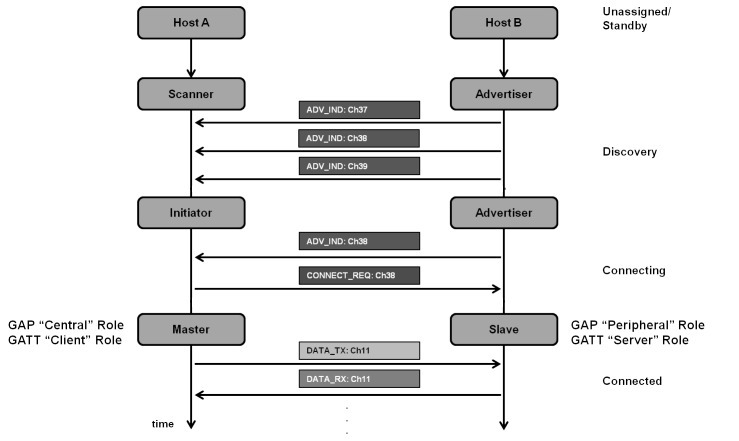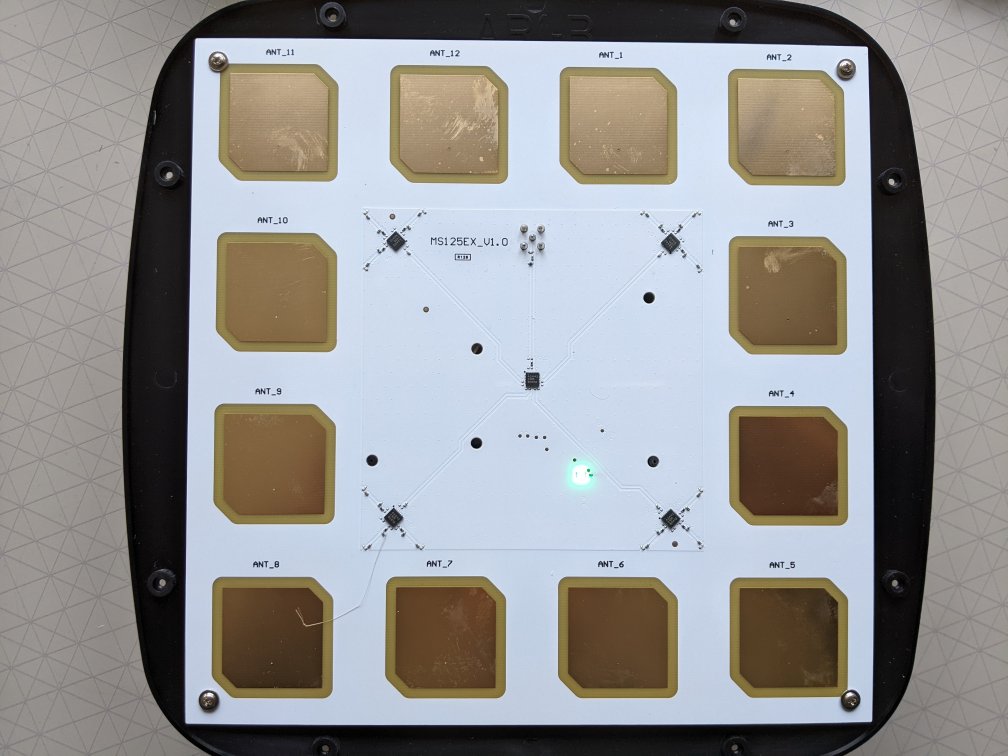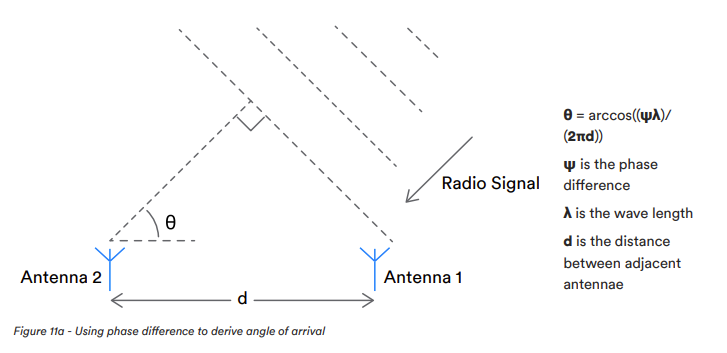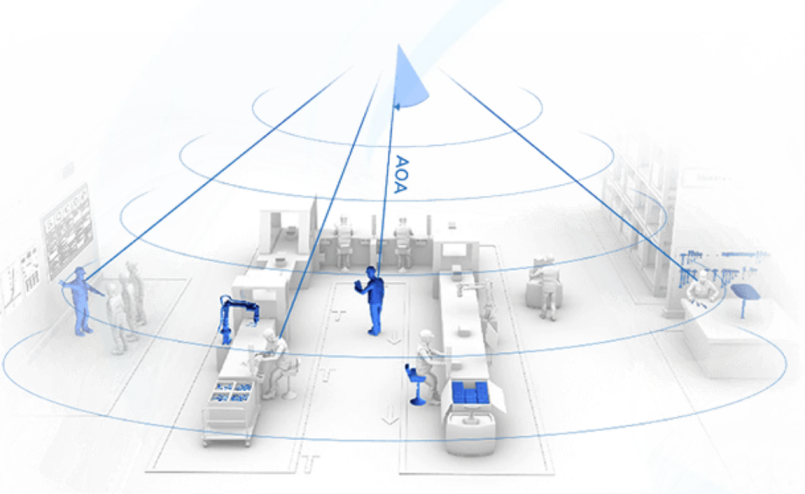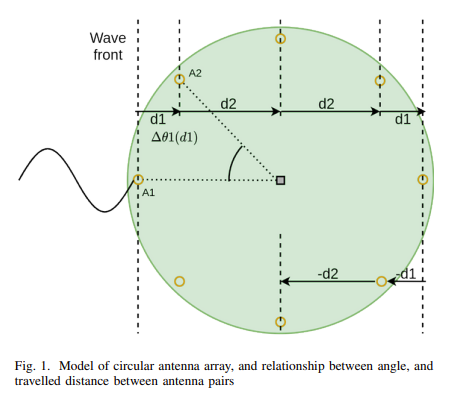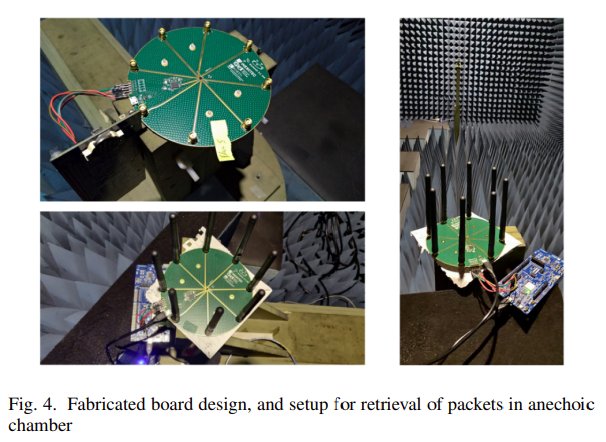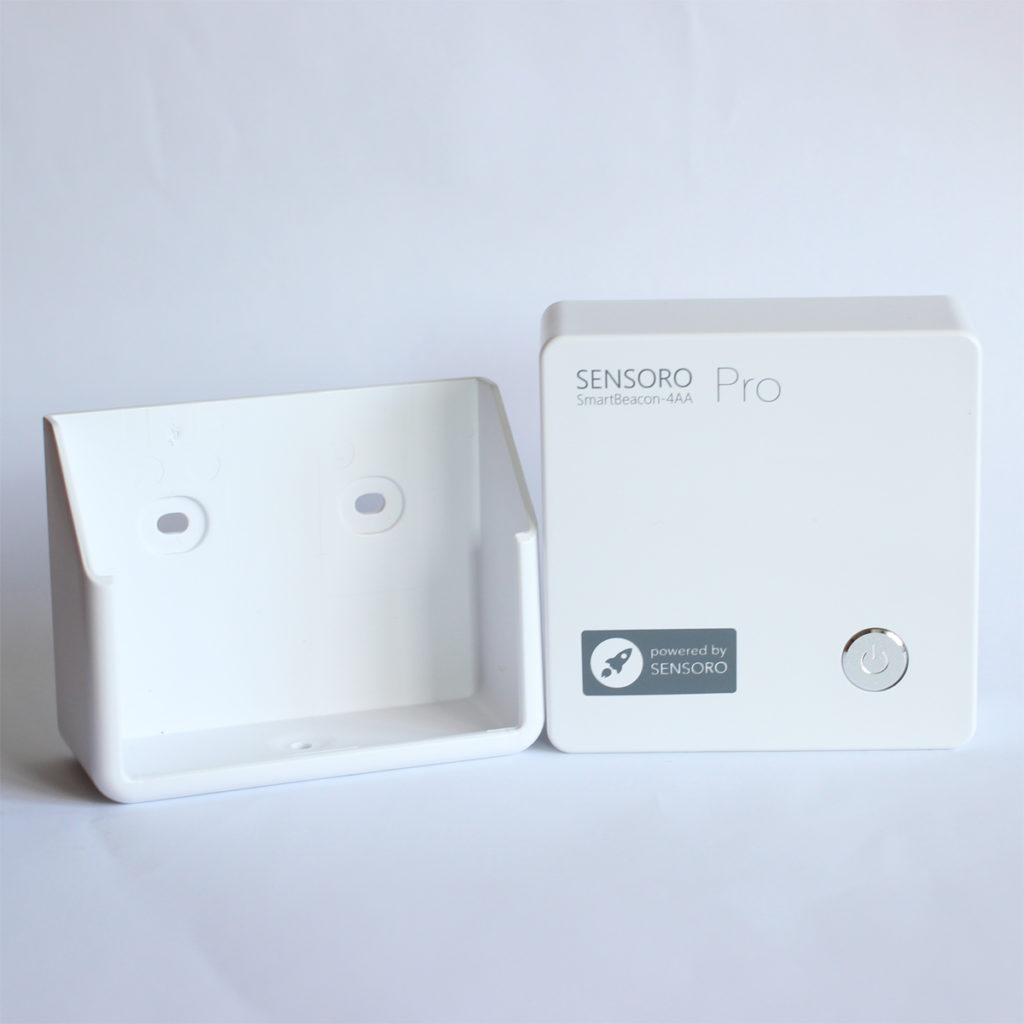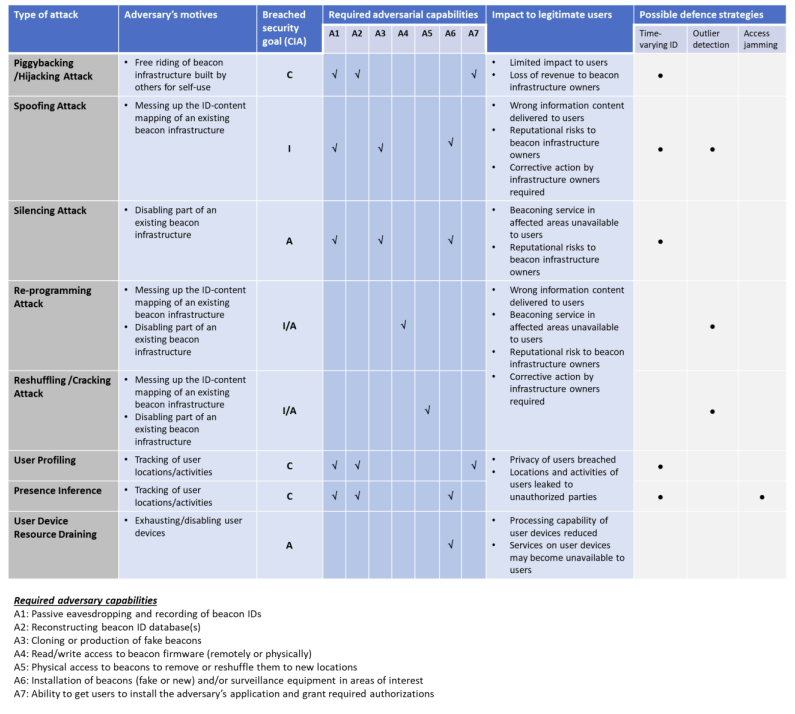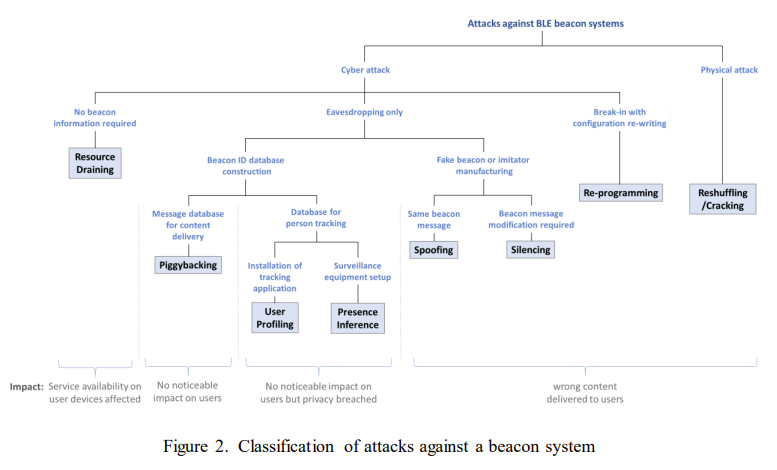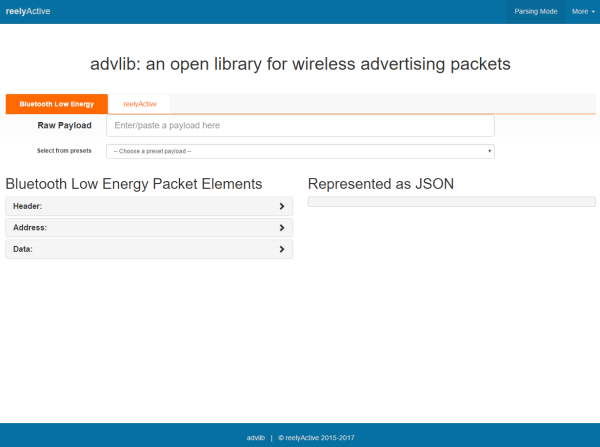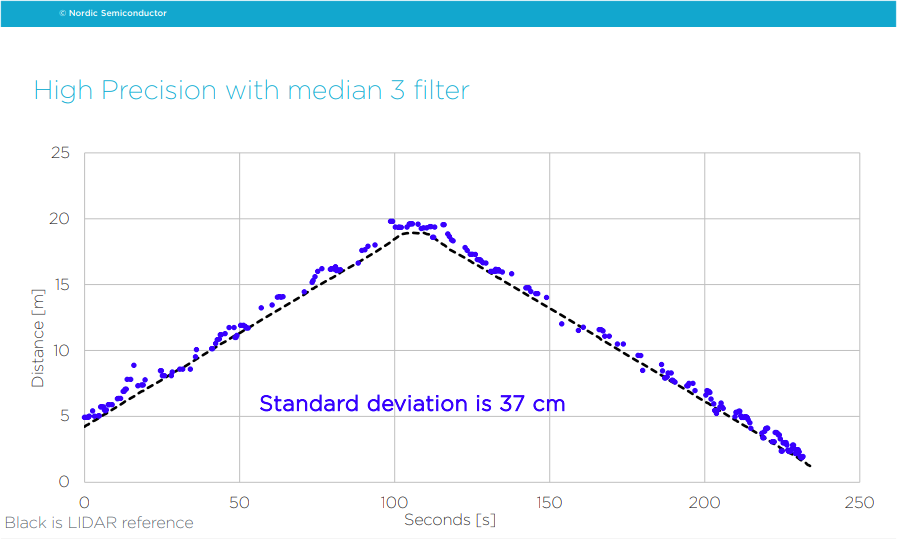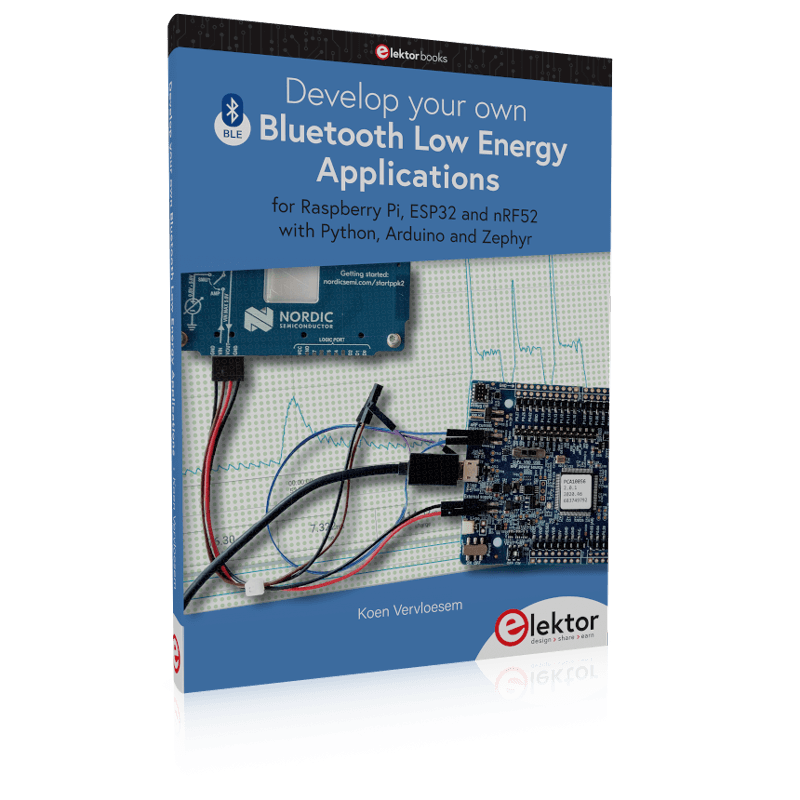There’s a research paper by researchers from Taiwan on A practice of BLE RSSI measurement for indoor positioning. The paper looks into received signal strength (RSSI) to distance conversion, the significance of antenna plane (orientation) and measurements in two different situations, a low noise classroom and a more noisy manufacturing site workshop.
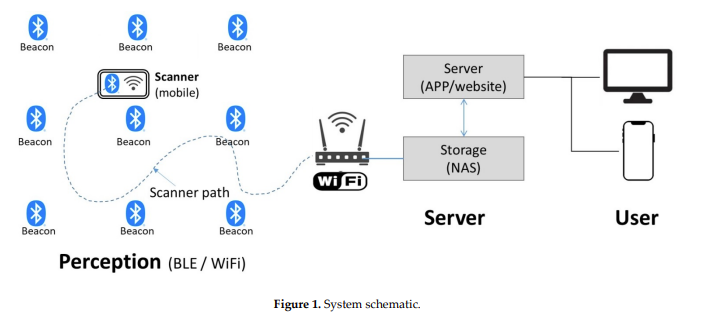
Techniques employed included developing a signal propagation model, trilateration, modification coefficients and Kalman filtering.
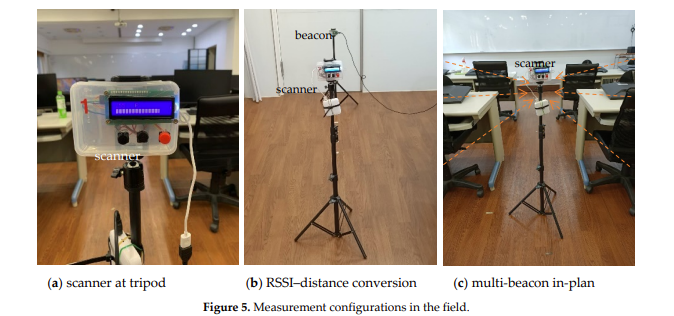
The hardware used included an Arduino Nano 33 (Bluetooth 5) and Linkit 7697 (Bluetooth 4.2). Over 1.6 million samples were collected generating over 13Mb of data.

“Multiple factors affected the RSSI, such as the device performance, antenna direction and radio wave refraction”
A positional accuracy of 10cm was achieved in ideal conditions dropping to meter level accuracy in more challenging setups and environments. The sensitivity of the (ceramic) antenna was found to fluctuate widely with orientation/topology. The researchers concluded that the key factor for reliable indoor positioning, based on RSSI, is maintaining good signal measurement quality.
